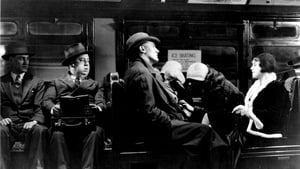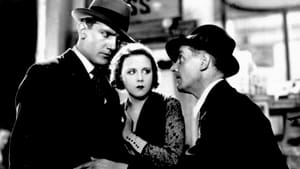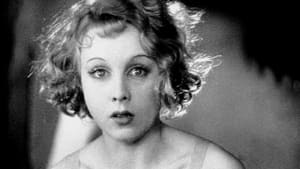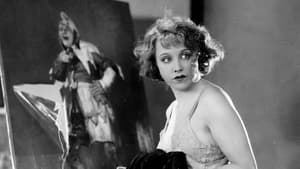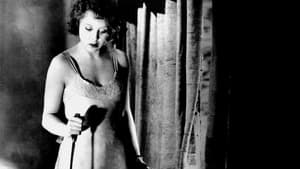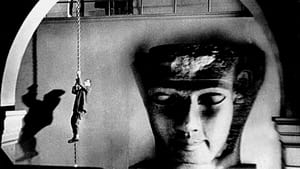Witness a ground-breaking thriller: Blackmail (1929) Colorized
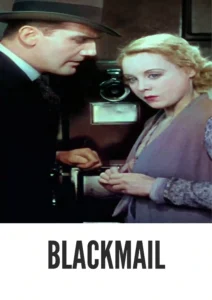
Experience a pivotal moment in film history with Alfred Hitchcock’s Blackmail (1929), now available in a stunning colorized version . This film, a blend of crime, thriller, and suspense, holds the distinction of being one of Britain’s first successful “all-talkie” feature films, and was based on the 1928 play by Charles Bennett .
Movie Storyline
Blackmail centers on Alice White (Anny Ondra), a young London woman who finds herself in a dire situation after an encounter with an artist, Mr. Crewe . After an argument with her boyfriend, Detective Frank Webber (John Longden), Alice meets with Crewe, who invites her to his studio . There, Crewe attempts to rape Alice, and in self-defense, she kills him with a bread knife .Distraught, Alice flees the scene, unaware that she has left behind a crucial piece of evidence . Detective Webber is assigned to the case and quickly identifies the victim and the evidence that points to Alice .Adding to the complexity, Tracy (Donald Calthrop), a blackmailer, emerges, claiming to have witnessed Alice at Crewe’s flat . He attempts to exploit the situation, demanding money in exchange for his silence . Frank, determined to protect Alice, tries to find a way to stop Tracy . The situation escalates, leading to a chase within the British Museum, where Tracy meets his end .
The Cast of Blackmail
- Anny Ondra as Alice White
- John Longden as Detective Frank Webber
- Donald Calthrop as Tracy
- Cyril Ritchard as Mr. Crewe
- Sara Allgood as Mrs. White
- Charles Paton as Mr. White
Genre and Themes
Blackmail is a British crime thriller that explores themes of guilt, blackmail, and the psychological impact of a crime .
Historical Context
Released in 1929, Blackmail holds a significant place in film history as one of the first British sound films . Initially conceived as a silent film, British International Pictures decided to adapt Blackmail into a sound film . A silent version was also released for theaters not equipped for sound . Anny Ondra, the lead actress, had a Czech accent, so Joan Barry was hired to speak the dialogue off-camera while Ondra lip-synched her lines .
The Magic of Colorization
This colorized version of Blackmail offers a refreshed viewing experience . The original black and white version is also available .
Technical Specifications
- Original Release: 1929
- Director: Alfred Hitchcock
- Based on the play by: Charles Bennett
- Stars: Anny Ondra, John Longden, Donald Calthrop
- Runtime: Approx. 75-85 minutes
- Language: Sound and silent versions
Cast and Crew
- Director: Alfred Hitchcock
- Stars: Anny Ondra, John Longden, Donald Calthrop
- Writers: Charles Bennett, Alfred Hitchcock, Benn W. Levy
Technical Details
- Download Format: MP4
- Resolution: HD (1080p)
- Compatibility: Compatible with modern devices
- File Size: [Specify file size]
- Audio: Enhanced audio
FAQs
Q: Is this a digitally remastered version?
A: Yes, this edition has been digitally remastered and colorized .
Q: Can I watch this on my phone?
A: Yes! The HD format is compatible with smartphones, tablets, and computers.
Q: Are subtitles available?A: Yes, the film includes English subtitles .
Q: Is there a silent version available?A: Yes, Blackmail was originally filmed as a silent film .
Q: Why should I download this colorized version?A: This version offers a unique and enhanced way to experience a classic film .
Download Blackmail (1929) Colorized in HD Today!
Add Blackmail to your digital collection today!



